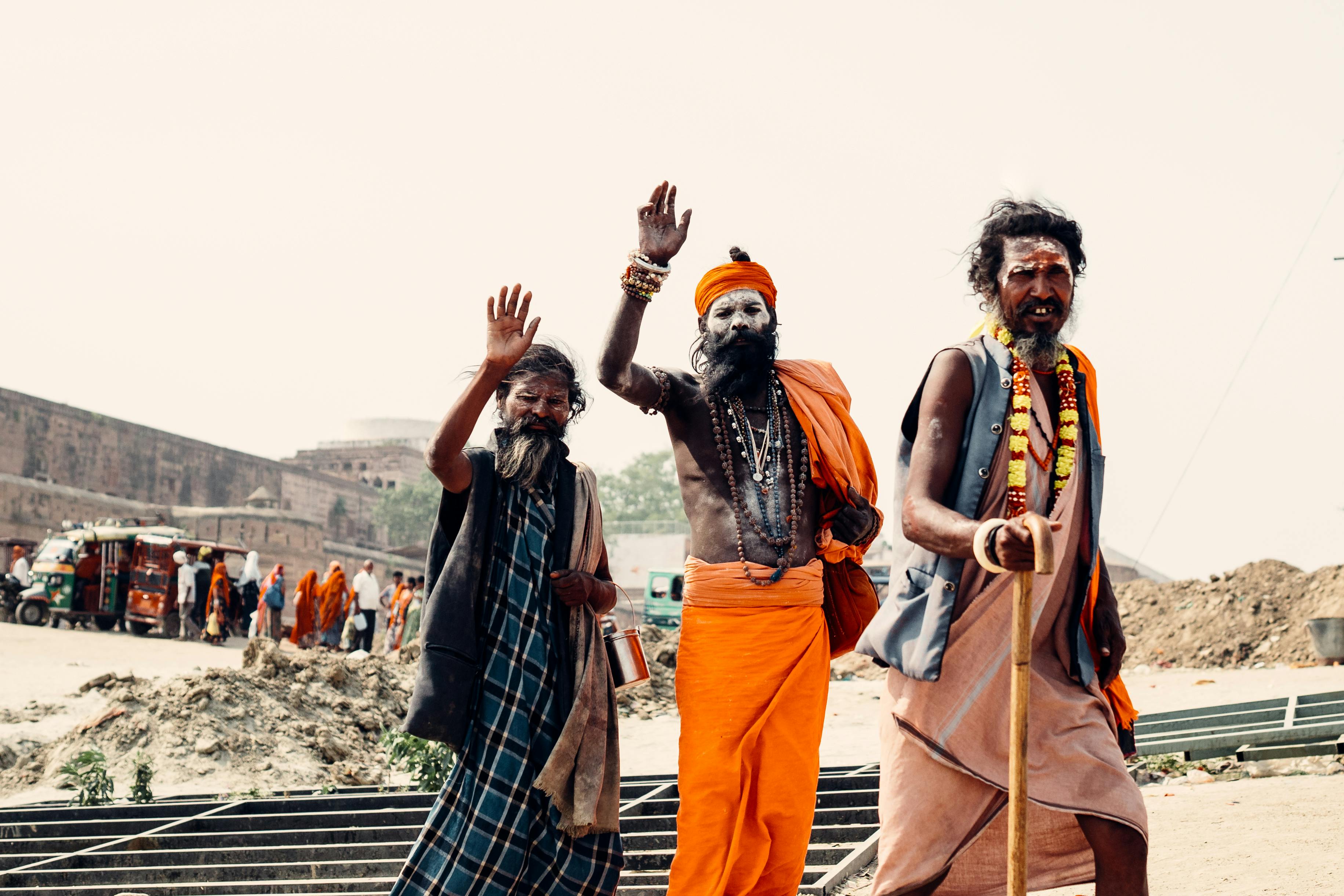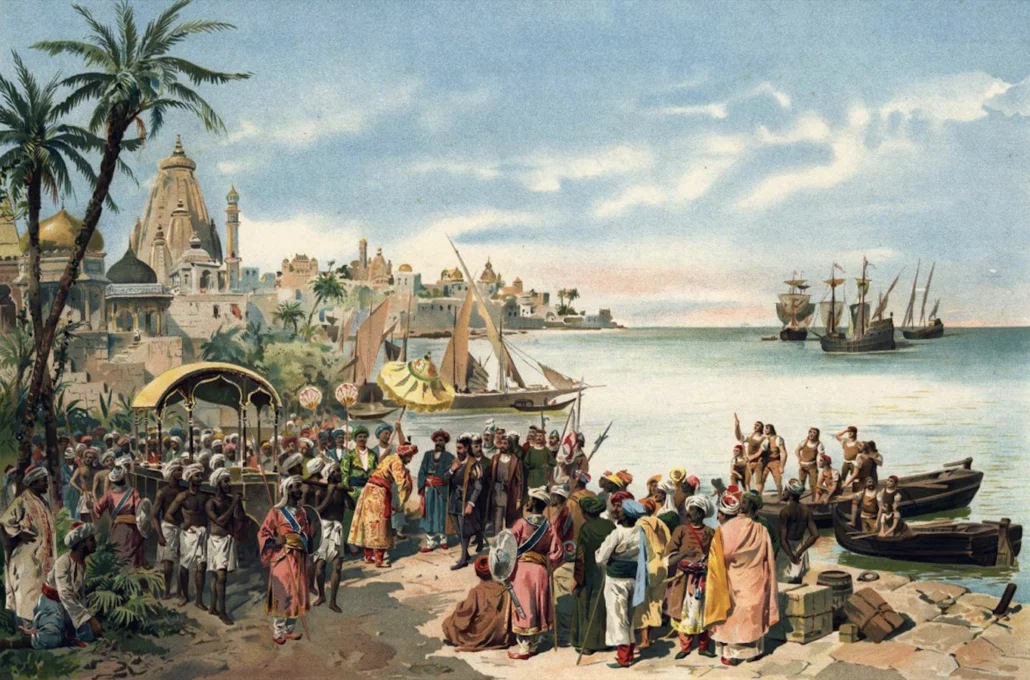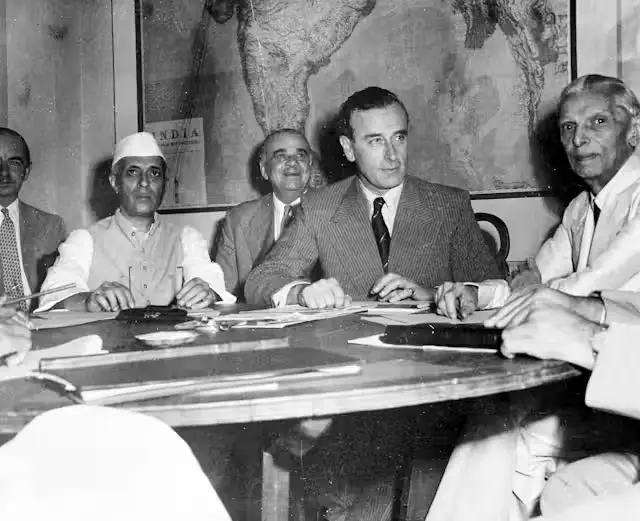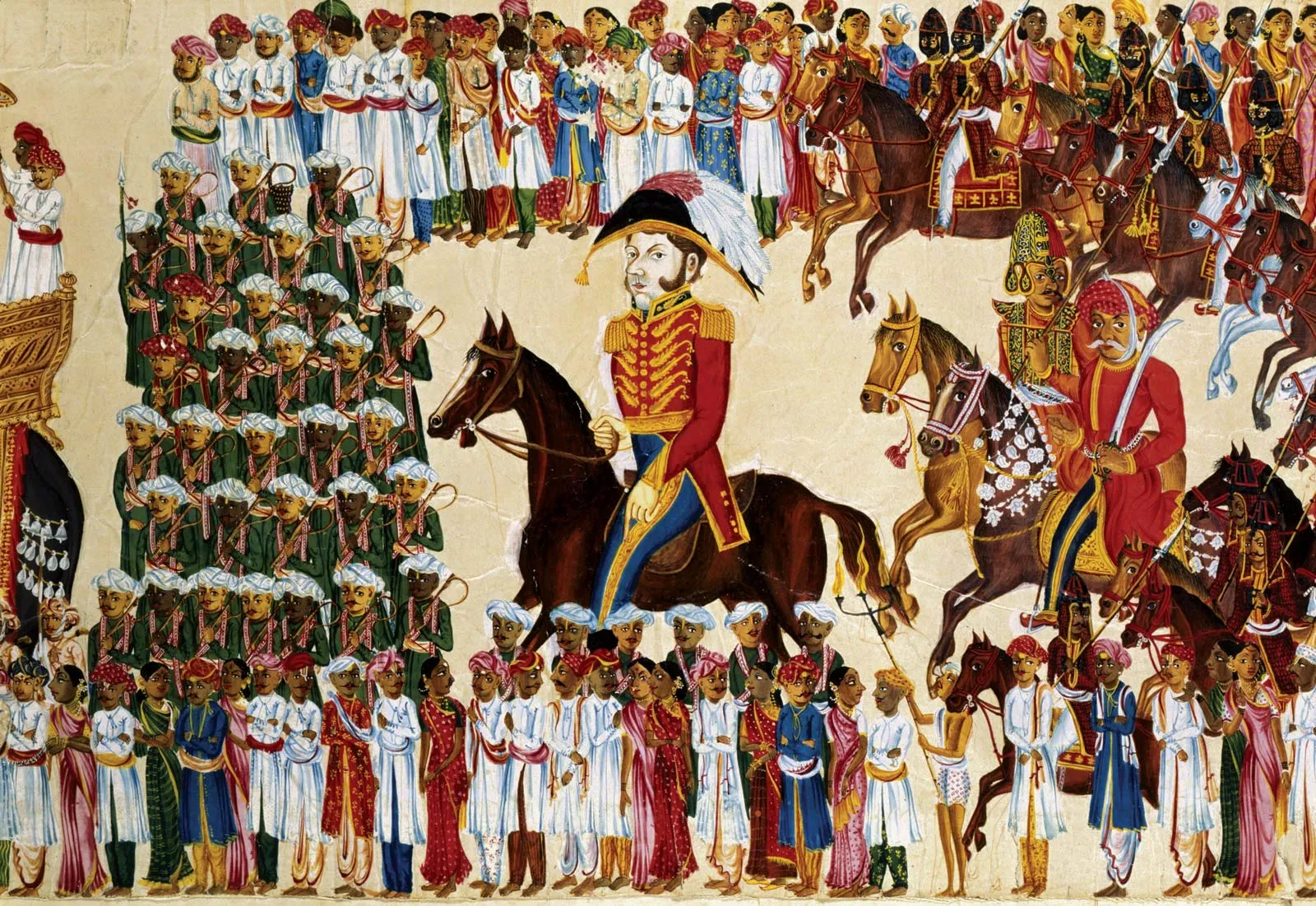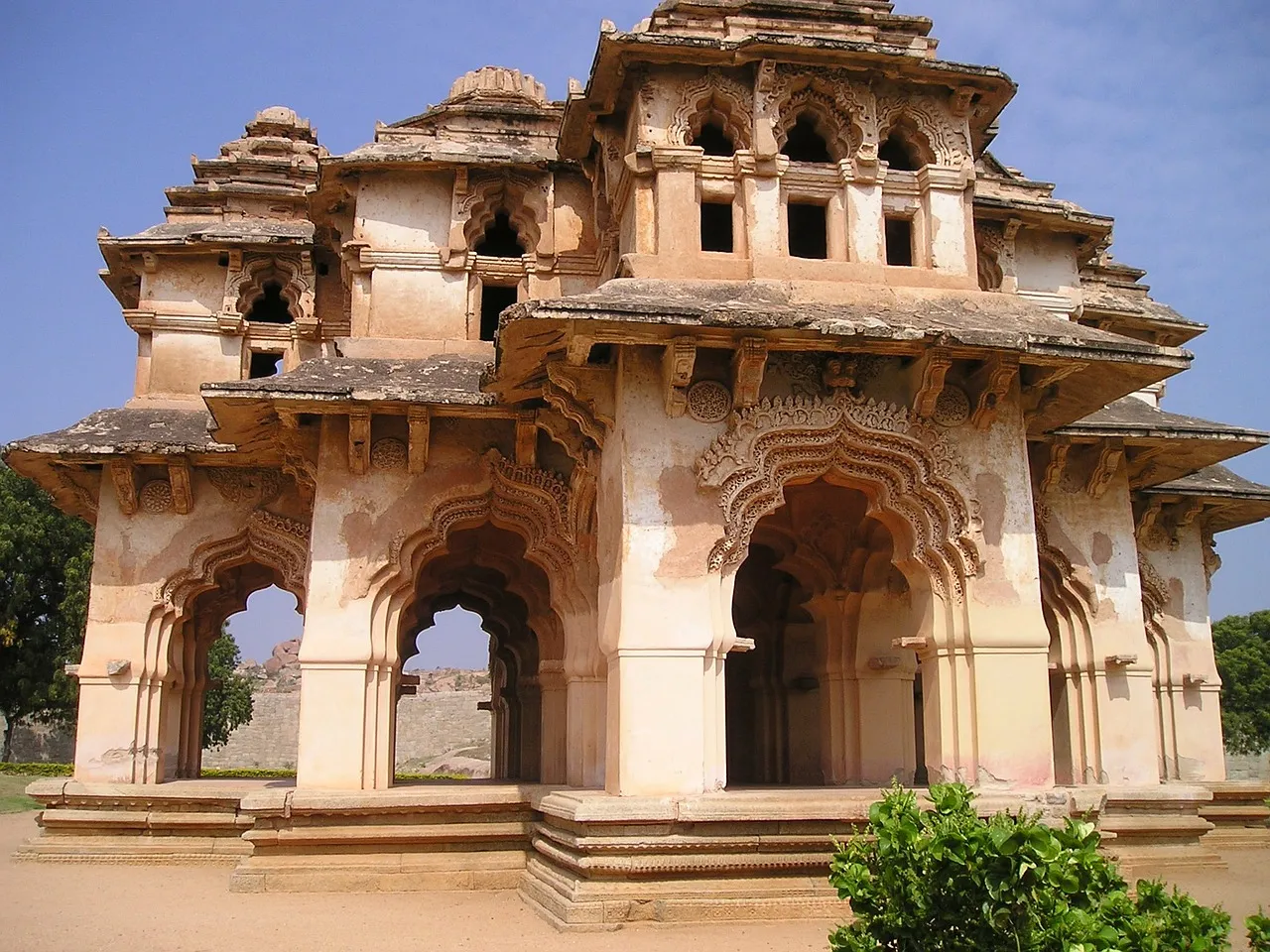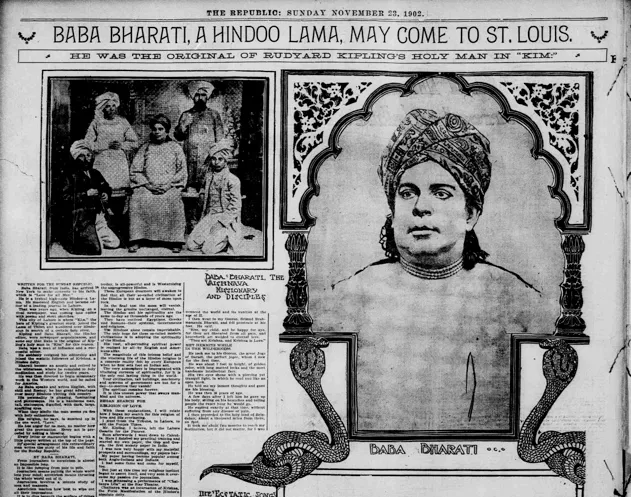As dawn breaks over the sprawling rivers, a golden beam blankets the horizon, reflecting off the rippling waters where pilgrims congregate. Incense burning and marigolds envelope the air, while devotional chants and the distant echoes of the conch shell rise in harmony. Vibrant saffron-clad sadhus, their bodies smeared in sacred ash, walk barefoot through the labyrinthine alleys of the temporary city, their voices weaving tales of wisdom. The ground beneath is softened by the steady flow of bare feet, pressing into the sacred soil that has absorbed centuries of prayers. Towering flags flutter in the breeze, marking the ashrams and akharas where sages hold court, sharing wisdom with seekers from all walks of life. Amid the throngs, vendors sell steaming cups of chai, their fragrant spices mingling with the crisp morning air, while devotees light diyas, their tiny flames flickering like stars in the predawn hush.
Perhaps several events on our planet parallel the scale, mystique, and sheer grandeur of the Kumbh Mela – a festival and religious gathering existing at the confluence of philosophy, culture, and faith. Despite being centuries-old and one of the most recognized Indian traditions, misconceptions around the festival obscure the deeper relevance around the tradition. First, a discussion on the etymology and origin of the Kumbh would be worthwhile – the Sanskrit word Kumbh translates to pitcher or pot, and the widely accepted narrative is that when Devas and Asuras churning the ocean, Dhanvantri emerged carrying an elixir of immortality. To ensure that the Asuras did not receive it, Indra's son – Jayant – escaped with the pot. The Sun, his son Shani, Brihaspati, and the Moon decided to coalesce and provide him protection. As Jayant ran, the amrita spilt at four spots: Haridwar, Prayagraj, Ujjain, and Nashik-Trimbakeshwar. He ran for an entire several weeks (~12 days), and due to one day for Devas corresponding to one human year, the Kumbh is celebrated at these locations each twelve years.
All of the locations are on the banks of various rivers – Haridwar containing the ganga, Prayagraj being the point of confluence for the Ganga, Yamuna, and the Saraswati, Ujjain containing the Kshipra, and Nashik the Godavari. Taking a dip in these rivers is considered to be auspicious and conducive towards the cleansing of sins. Furthermore, the sites for each Kumbh are determined through astrological calculations.
Although the origin and the narratives behind that origin are widely acknowledged, there tends to be misconceptions around the actual nature of the event. To me, the Kumbh represents much more than a mere festival of bathing and the associated cleansing of sins, but also an avenue of discourse around Hindu philosophical thought. Scholars, saints, and relevant leaders come to the Kumbh and engage in discussion on Vedic philosophy, yoga, and contemporary social problems, which deems the mela to have deep cultural relevance. Additionally, the festival serves as a meeting ground for spiritual sects, where different sampradayas (religious orders) present their unique interpretations of dharma and metaphysical thought. This convergence fosters a deeper understanding of Hinduism’s diverse traditions, while also promoting interfaith dialogue with visiting scholars from other religions. Beyond religious discourse, scientific and medical camps are set up, offering holistic wellness guidance rooted in Ayurveda and traditional Indian healing practices. One of the most notable aspects of these discussions is the Shastrarth, a time-honored tradition where learned scholars engage in deep debates on scriptures, theology, and ethics. These debates, held in akharas and temporary discussion halls, allow different schools of thought—such as Advaita, Dvaita, and Vishishtadvaita—to challenge and refine each other's ideas in a rigorous intellectual setting.
To complement the cerebral, there is a cultural side to the Kumbh as well, where folk performances, classical dance recitals, and poetry readings showcase the artistic legacy of India. Streets come alive with the melodies of devotional music, theatrical reenactments of mythological stories, and mesmerizing Kathak and Bharatanatyam performances. The Kala Gram, an exhibition space within the festival, is dedicated to showcasing India’s rich visual and performing arts traditions, allowing artists to display their work to a global audience. Handicraft exhibitions and traditional fairs offer a glimpse into India’s artisanal heritage, with craftsmen displaying intricate sculptures, handwoven textiles, and sacred iconography.
To paraphrase a well known quote, events become meaningless when represented solely through numbers – and the Kumbh seems to exemplify that due to the sensationalized headlines around being the largest human gathering. As commendable as that may be, we need to focus on honoring the centuries worth of tradition that the event comprises, ranging from the spread of Hindu thought to the artisanal cultures that were passed down over centuries of onerous tutelage.
